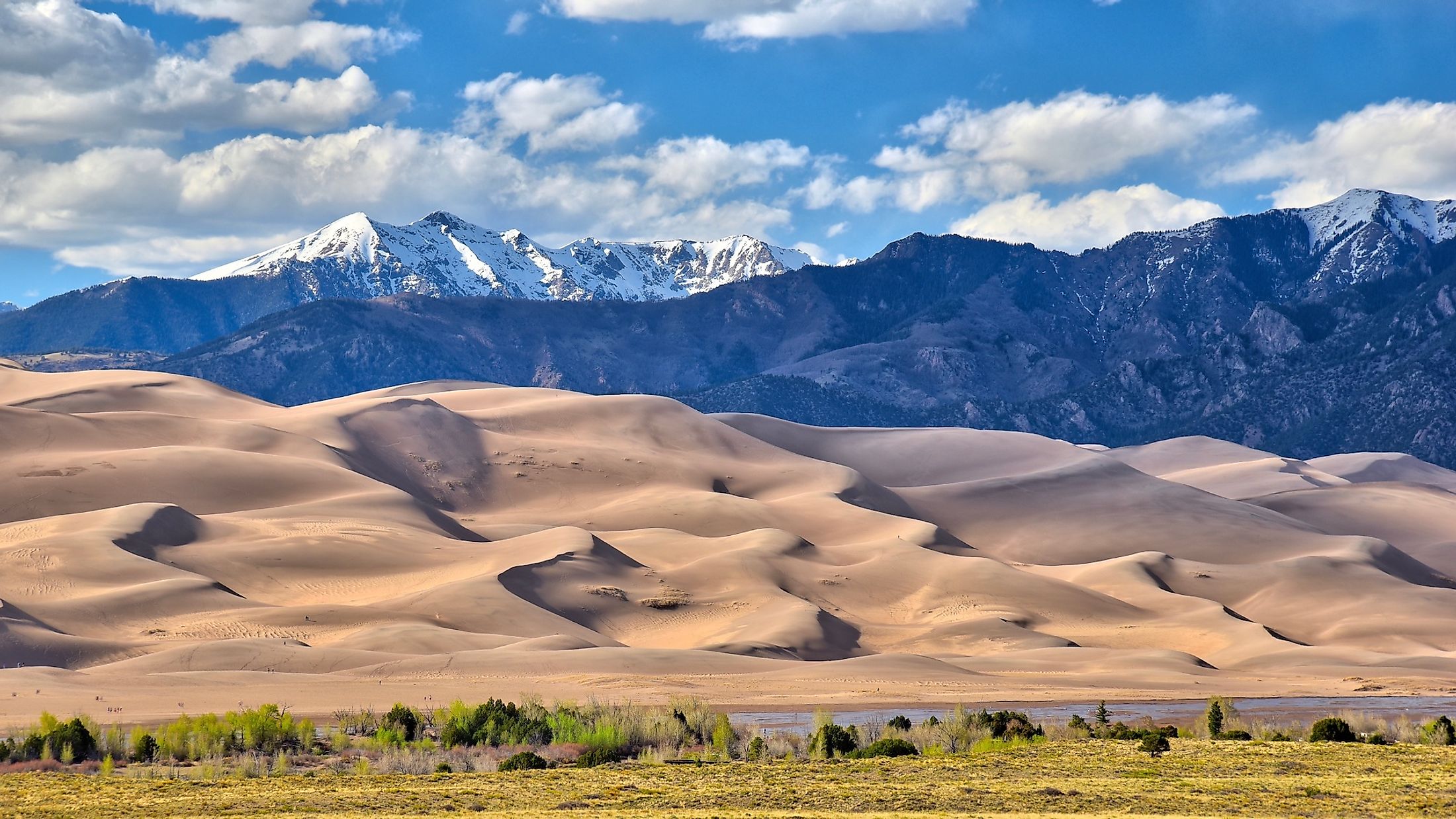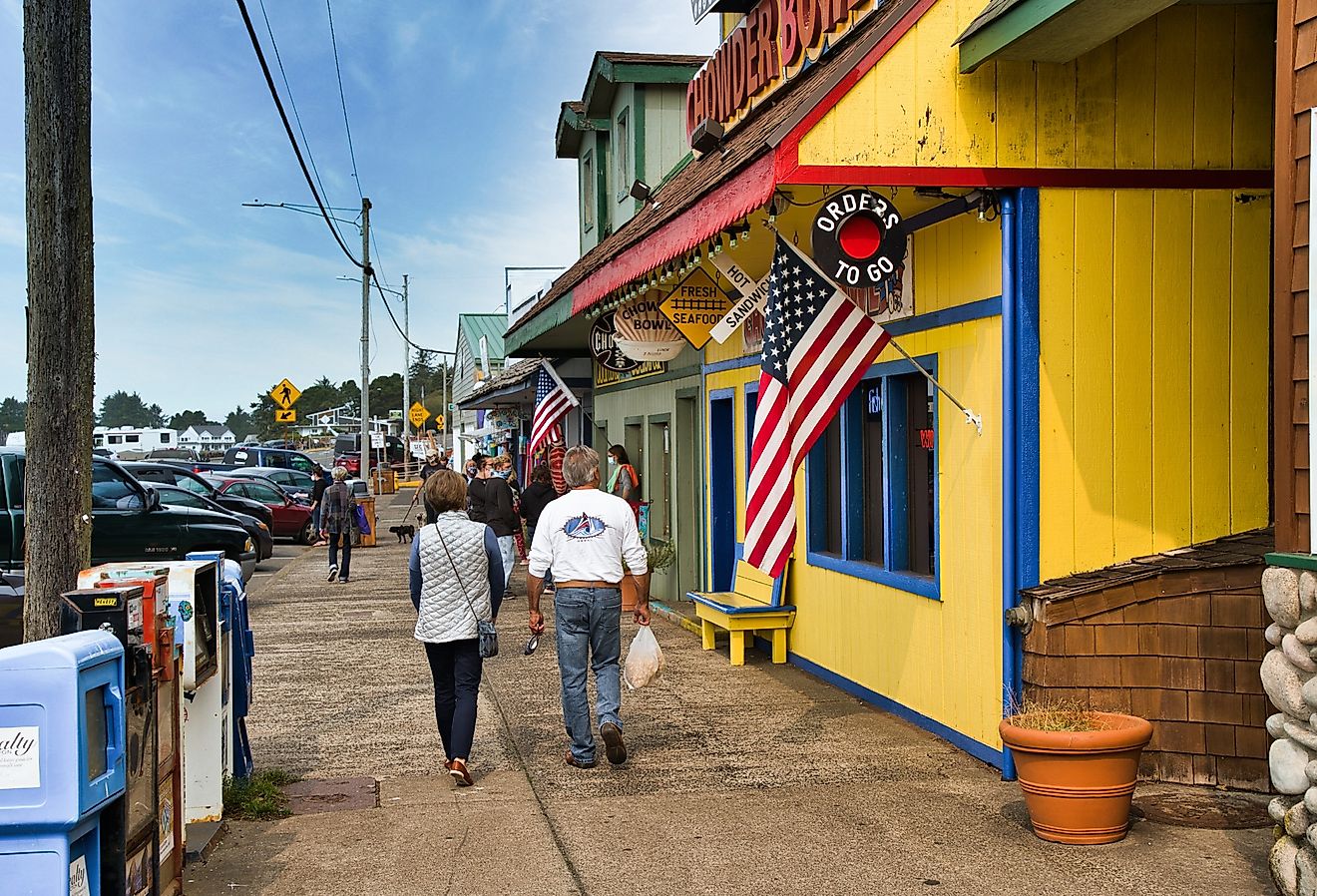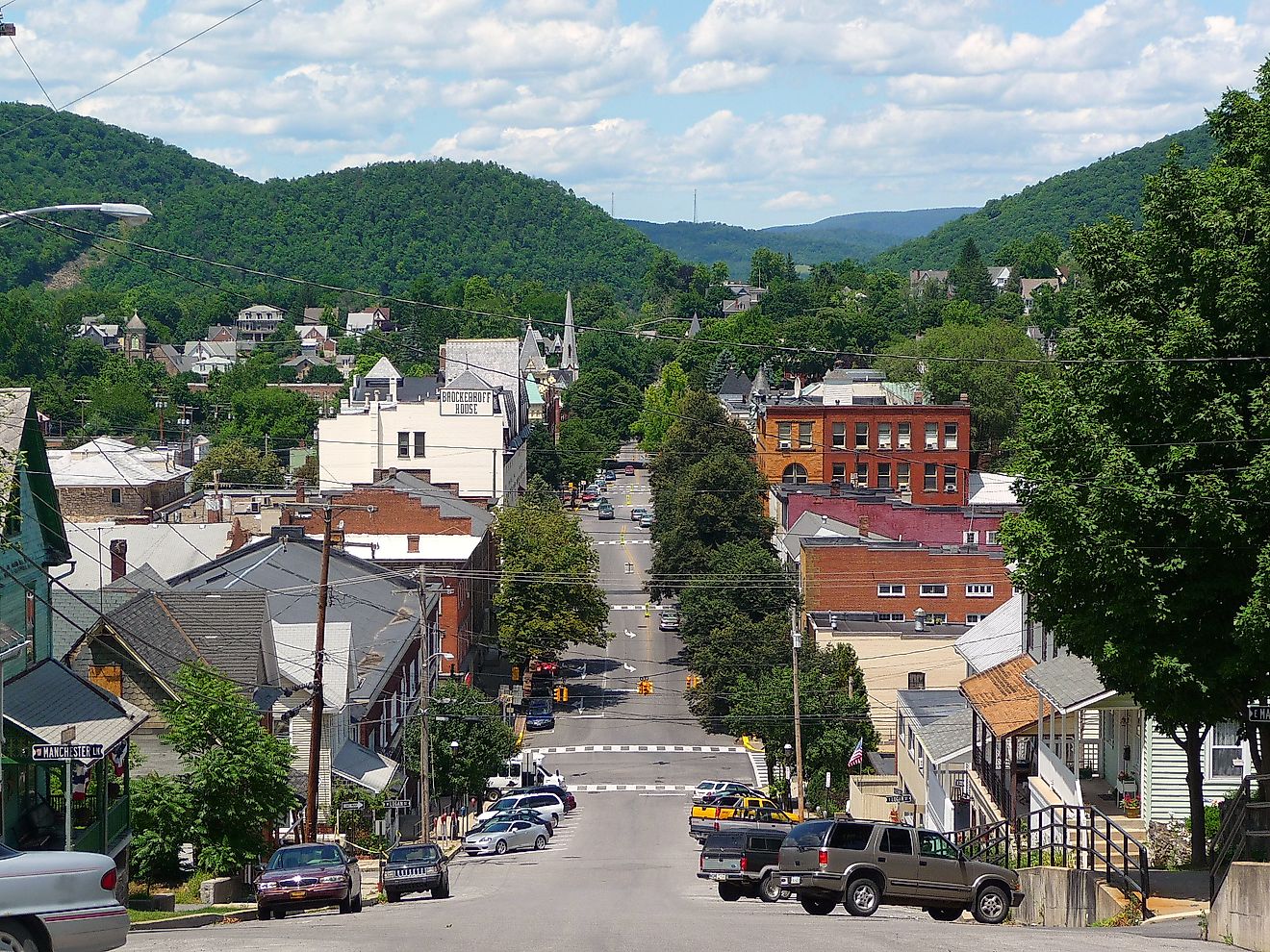
Great Sand Dunes National Park And Preserve, Colorado
Nicknamed as the “Centennial State”, the State of Colorado covers an area of 269,837 sq. km and is geographically positioned in the west-central region (or Mountain State area) of the United States. It is also the 8th largest and 21st most populous state in the USA. The State of Colorado has diverse geography ranging from the alpine mountains, river valleys, canyons, high plains, and deserts. The state’s exquisite geographical features and its rich flora and fauna are protected by its four national parks.
Content:
Location
Situated in the south-central portion of the US State of Colorado in the Alamosa and Saguache counties is the Great Sand Dunes National Park and Preserve. This protected area includes a National Park that is located on the eastern margin of the San Luis Valley and an adjacent Preserve that protects a part of the Rocky Mountains’ Sangre de Cristo Range. The National Park and the Preserve together occupy an area of 603.1 sq. km, of which 434.4 sq. km is covered by the National Park and 168.7 sq. km is protected by the Preserve.
Geography

The Great Sand Dunes National Park and Preserve contain a wide array of natural features and ecosystems ranging from the principal dune field, vast sand sheet, sabkha, alpine tundra, wetlands, grasslands and shrublands, sub-alpine forests and montane woodlands, and the high peaks of the Sangre de Cristo Mountains. The National Park features some of North America’s tallest wind-produced sand dunes that cover a total area of 78 sq. km and contain about 5 billion m3 of sand. These dunes rise to 229m from the base of the San Luis Valley and are cradled against the rugged backdrop of the forested and snowcapped Sangre de Cristo Mountains. The surrounding flat area to the west of the dunes is occupied by the vast sand sheet, which mainly feeds the large dunes and contains more than 90% of the park’s sand. The national preserve covers a part of the mountain watershed and features snow-fed creeks and numerous alpine lakes. Located in the San Luis valley’s sabkha section in the southwestern part of the tall dunes, are two spring-fed creeks along with some small lakes that help in creating a wetland.
This protected area is a major tourist attraction in the US State of Colorado and attracts many visitors. Hiking, sandboarding, driving, sandsledding, and horseback riding are some of the major recreational activities that are enjoyed by the tourists visiting the Great Sand Dunes National Park and Preserve.
Geology

Geologists believe that the Sangre de Cristo Mountains were uplifted during the rotation of a large tectonic plate. Volcanic activities resulted in the creation of the western San Juan Mountains. The San Luis Valley was thus formed between the Sangre de Cristo Mountains and the San Juan Mountains. Sediments from both these mountain ranges along with rainwater and water from the melting glaciers filled the deep abyss of the valley. However, in 2002 some geological studies in the valley’s southern part revealed some lakebed deposits, confirming the presence of a huge ancient lake – Lake Alamosa, that once covered a large part of the valley. The floor of the valley is still dotted by many small lakes and two large lakes are present in the valley’s northeastern part. Climate Change has resulted in the significant reduction of these lakes and has led to the creation of the sand sheet. For several centuries, the prevailing winds have carried these loose sand eastwards across the valley floor and eventually depositing it near three low mountain passes namely, the Music, Medano, and Mosca passes. In these low passes, the sand-laden winds lose their momentum and are therefore not able to carry their heavy sand load. The winds eventually deposit the sand at the base of the Sangre Mountains. The opposing northeasterly winds blowing over the low mountain passes also help in the growth of the dunes. There are five different types of dunes in the park. These include the barchan dunes, the transverse dunes, the parabolic dunes, the reversing dunes, and the star dunes. The Star Dunes are the tallest in the Great Sand Dunes National Park and Preserve.
Climate
According to Köppen climate classification, the dune field area of the National Park experiences a cold semi-arid climate, whereas the mountainous preserve experiences a warm-summer humid continental climate. During summer, the daytime temperature exceeds 27°C and sand surface temperatures rise to 66°C on sunny afternoons. Due to the park’s location at an elevation of 2,500m above sea level, the nighttime temperatures often drop below 10°C. Afternoon thundershowers accompanied by lightning, heavy rain, and cool winds are common during July and August. The winter months are characterized by very cold temperatures.
Flora And Fauna

Numerous plant species are found in the Great Sand Dunes National Park and Preserve. The alpine tundra is the highest ecosystem in the Great Sand Dunes National Park and Preserve. Krummholz or crooked wood is found in the transition zone between the alpine tundra and the subalpine forests. Some of the notable plant species that are found in the national park include Douglas fir, Rocky Mountain juniper, pinyon pine, aspen, ponderosa pine, narrow-leaf cottonwood, etc. Several flowering plants like small-flowered sand verbena, prickly pear cactus, fairy primrose, snow buttercups, Rocky Mountain iris, blowout grass, prairie sunflower, etc. are found in the subalpine meadows. Inland salt grasses are found in the area around the sabkha wetlands.
Mammals like bighorn sheep, pika, yellow-bellied marmot, Abert’s squirrel, snowshoe hare, pronghorn, elk, kangaroo rat, coyote, mule deer, red foxes, etc. are found in the Great Sand Dunes National Park and Preserve. Reptilian species like the short-horned lizard, garter snake, etc., and amphibians like tiger salamander, northern leopard frog, Woodhouse’s toad, etc. are also found here. Several fishes like the Rio Grande cutthroat trout, fathead minnow, etc. are found in the streams of the national park. Many endemic insects like Great Sand Dunes tiger beetle, ant-like flower beetle, circus beetle, etc are also found here.
Over 250 avian species have been recorded in the Great Sand Dunes National Park and Preserve. These include American avocet, northern pygmy owl, bald eagle, mountain bluebird, peregrine falcon, Brown-capped rosy finch, etc.
Brief History

It is believed that the area was originally inhabited by nomadic hunter-gatherers about 11,000 years ago. Subsequently, the native American tribes lived in the area followed by the Spaniards in the 17th century. The Spanish Governor Diego de Vargas was the first European to visit the San Luis Valley in 1694. Several hard rock miners visited the area for gold and silver mining in 1853. The residents of the cities of Monte Vista and Alamosa were worried that the Great Sand Dunes might be destroyed due to mining and other activities. From the 1920s, the area became a potential tourist hotspot and started attracting a lot of tourists. The Members of the Ladies P.E.O created pressure on the government for the protection of the dunes. On March 17, 1932, then US President Herbert Hoover signed a Presidential Proclamation declaring the dunes and its surrounding area as a “National Monument”. In 1976, about 132 sq. km area within the monument was declared as a “wilderness area” by the US Congress. In 1993, 889.9 sq. km of mountainous terrain was designated as the “Sangre de Cristo Wilderness” by the US Congress. In 1999, the surrounding state-owned land was purchased by the Nature Conservancy. On November 22, 2000, US President Bill Clinton signed the Great Sand Dunes National Park and Preserve Act which led to the eventual establishment of the Great Sand Dunes National Park and Preserve on September 24, 2004.











